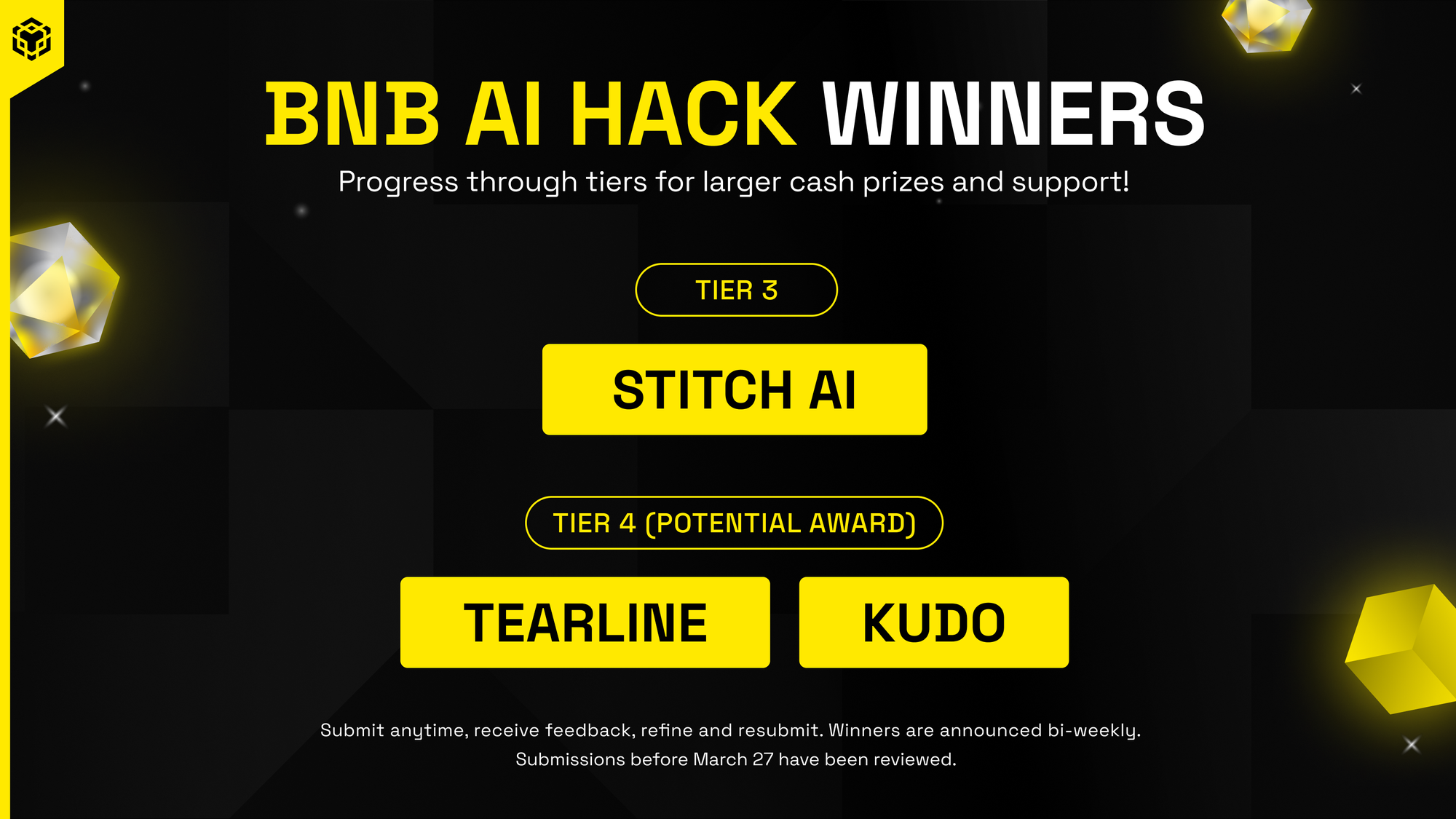IBM has revealed the launch of the latest version of its mainframe hardware that incorporates updates meant to boost artificial intelligence adoption. The firm announced on Tuesday the new IBM z17 mainframe hardware, which will be available on June 18.
The company also stated that it will introduce a performance management tool called IBM Z Operations Unite in May. The tech company will also release a new version of its mainframe operating system, z/Os 3.2, in Q3 of this year.
IBM unveils the IBM z17 mainframe computer hardware
Presented without comment:
"The hardware and consulting company on Monday announced IBM z17, the latest version of its mainframe computer hardware designed for more than 250 AI use cases, including AI agents and generative AI." pic.twitter.com/G7pgFoiLEq
— Tren Griffin (@trengriffin) April 8, 2025
The tech giant announced on April 8 IBM z17, the latest version of its mainframe hardware. The computer hardware company revealed that the latest version of its mainframe hardware was developed to accelerate AI adoption.
The consulting company highlighted that IBM z17 is powered by an IBM Telum II processor. IBM also said that the latest version of its mainframe hardware is designed for more than 250 AI use cases, including AI agents and generative AI.
Data shows that mainframes are currently used by 71% of Fortune 500 companies and can also handle 68% of the world’s production IT workloads. Market Research Future also indicated that the mainframe market was worth an estimated $5.3 billion in 2024.
The tech giant noted that the z17 can process 450 billion inference operations in a day, a 50% surge over its predecessor, the IBM z16. The previous mainframe hardware was released in 2022 and ran on the company’s original Tellum processor. The firm said that the new mainframe hardware is designed to fully integrate with other hardware, software, and open-source tools.
VP of product management and design for IBM Z Tina Tarquinio mentioned that the company’s new AI accelerator had been in the works for five years. Tarquinio also revealed that IBM spent more than 2,000 research hours getting feedback from over 100 customers as it built the z17.
Tarquinio highlighted that “on-chip, we’re increasing the AI acceleration by seven and a half times.” She also argued that it was five and a half times less energy than a person would need to do, like, multi-model on another type of accelerator or platform in the industry.
IBM designs z17 for tomorrow’s workloads
IBM revealed that the new system’s AI accelerators include the Telum II processor’s embedded AI accelerator core and the Spyre Accelerator, which will be available in Q4 2025. The firm noted that for z17, the 32-core Spyre accelerator will be made available as an optional PCIe card, and additional cards can be added as needed.
“We built a complete accelerator. It’s a system-on-chip chip, and a PCIe card, and a compiler, and a runtime, and a device driver – and so on.”
~ Jeff Burns, Director of the IBM Research AI Hardware Center.
Research scientist Viji Srinivasan stated that there was a whole software stack involving z17, and central to the development of Telum II and Spyre was the right balance between hardware and software innovation.
The tech giant said that it launched the IBM Research AI Hardware Center in 2019 to concentrate on fulfilling the impending energy demands of AI with more efficient technology. The company said its AI hardware strategy involved low-precision computing that can improve the power efficiency of systems running AI computations. The firm argued that designing low-precision hardware from scratch would yield greater power performance for deep learning than trying to do approximate computing on the available GPUs or CPUs.
The program’s director, John Rozen, mentioned that “we saw a change coming in the compute workloads, even before ChatGPT.” He also believes that the system-on-chip paid off with the Spyre Accelerator and its 32 cores.
Leland Chang, principal research staff member and senior manager in AI Hardware Design, acknowledged that watsonx had served as a guiding light amid the shifting winds of AI. Chang argued that timeline is a major challenge in AI chip design since workloads are changing quickly, but chips take years to develop. He also noted that when the team was designing Spyre to optimize for a specific AI inference benchmark, the goal totally changed in as little as two months’ time.
The tech firm said that the Spyre accelerator was designed to handle the emerging AI workloads that z17 clients will bring to its platform. The tech giant argued that the upgraded mainframe is optimized for generative and agentic AI, for example, classification models rather than models that the field is cooling on.
Cryptopolitan Academy: Want to grow your money in 2025? Learn how to do it with DeFi in our upcoming webclass. Save Your Spot
















No comments yet